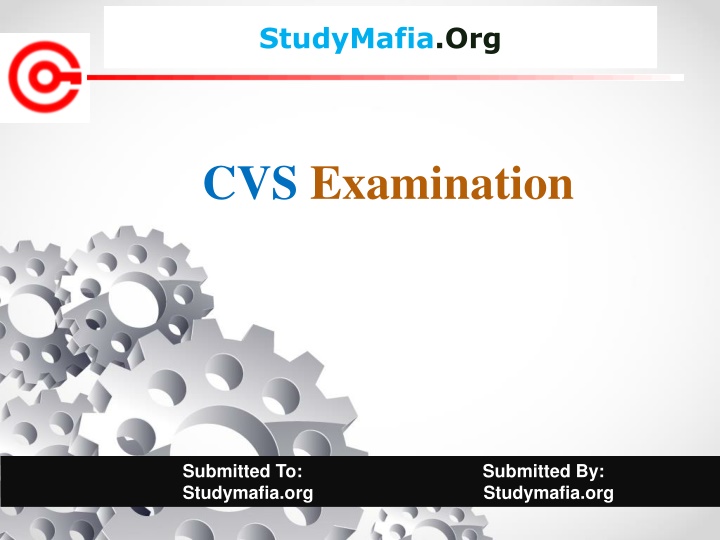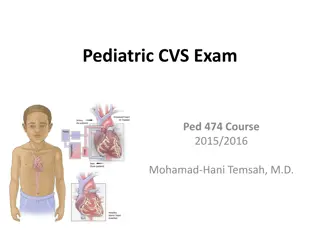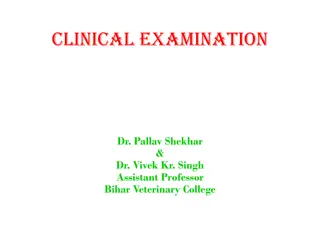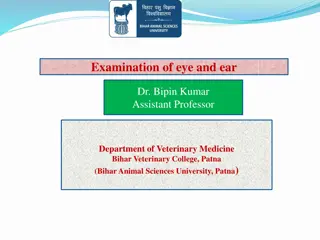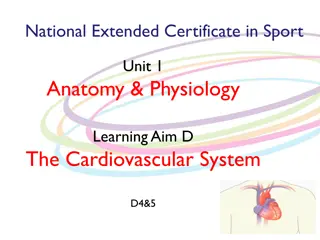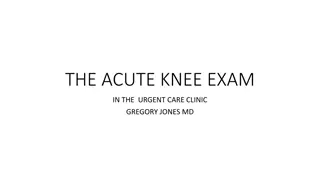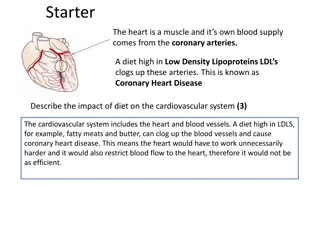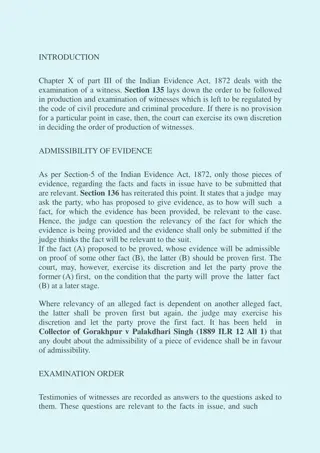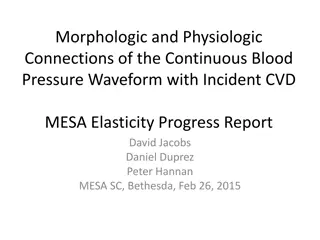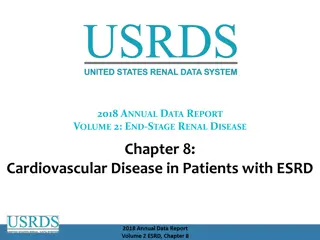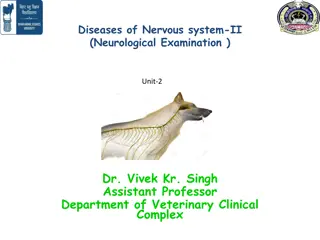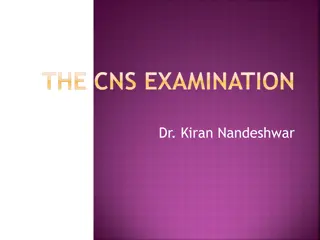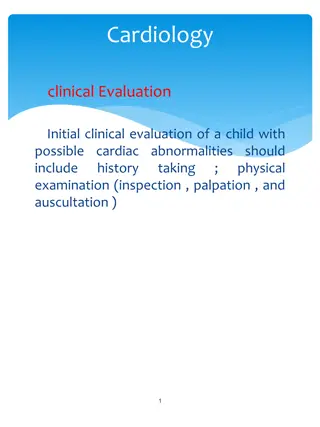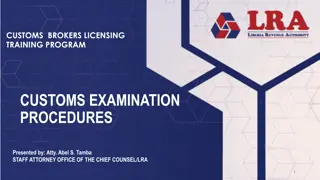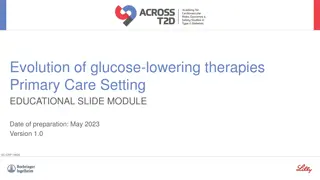Cardiovascular Examination: Components and Evaluation
The cardiovascular examination involves thorough evaluation of the cardiovascular system through methods like vital sign measurement, inspection, palpation, percussion, and auscultation. Learn about the key components and procedures involved in a comprehensive cardiovascular evaluation.
Download Presentation

Please find below an Image/Link to download the presentation.
The content on the website is provided AS IS for your information and personal use only. It may not be sold, licensed, or shared on other websites without obtaining consent from the author.If you encounter any issues during the download, it is possible that the publisher has removed the file from their server.
You are allowed to download the files provided on this website for personal or commercial use, subject to the condition that they are used lawfully. All files are the property of their respective owners.
The content on the website is provided AS IS for your information and personal use only. It may not be sold, licensed, or shared on other websites without obtaining consent from the author.
E N D
Presentation Transcript
StudyMafia.Org CVS Examination Submitted To: Submitted By: Studymafia.org Studymafia.org
Table Contents Definition Introduction Components of CVS Examination Conclusion 2
Definition The cardiovascular examination is a portion of the physical examination that involves evaluation of the cardiovascular system. 3
Introduction The cardiac examination is based on the different methods of evaluation, comprising the following sections: measurement of vital signs; inspection and palpation, percussion and auscultation, pulmonary examination, abdominal examination and peripheral vascular examination. 4
Components of CVS Examination Measurement of Vital Signs A good cardiac examination starts as soon you can lay eyes on the patient. Doctors will observe the color of skin, rate of breathing, and emotional state of their patients at a distance before the examination begins. An accurate blood pressure and heart rate should be measured, as these are direct measurements of how well the heart is working. 6
Components of CVS Examination Inspection The cardiac examination may continue with the patient resting comfortably, just as before. Before moving any drapes, the patient should be asked if it is okay to move them. If they say yes, then the patient's shirt, pants or gown should be removed and the drape should be lowered to the bottom of the lowest rib so that the doctor can see the whole chest. 7
Components of CVS Examination Palpation Touching the patient (also known as palpation) can help identify heaves and lifts (a feeling of the chest wall pushing outward), thrills (a feeling of the chest wall vibrating, usually with loud murmurs), impulses (a feeling the heart makes when it presses against the chest wall) and the first (S1) and second (S2) heart sound 8
Components of CVS Examination Percussion and Auscultation For the best cardiac examination, it is important to have the patient both sit up and lay down at a 30-45 angle. Tapping with the fingertips (also known as percussion) can be used to estimate the size of the heart, though palpation is more accurate. 9
Components of CVS Examination Pulmonary Examination A customized pulmonary examination can also help diagnose a cardiac disease, such as in the auscultation of certain lung sounds or pleural effusions (e.g., in the case of heart failure). An unusual sound that comes from the pulmonary examination can point to a disease of the heart. 10
Components of CVS Examination Abdominal Examination The cardiovascular system includes many big vessels that carry blood into and beyond the belly (abdominal cavity). The largest blood vessel in the body, the aorta, should be palpated and auscultated over the belly for any thrills or bruits. Draping will be important here, so that the belly is exposed but the chest and hips are covered. 11
Components of CVS Examination Peripheral Examination From head to toe, there are several places in the body where arterial pulses can be felt for their strength and quality. Many arteries that are on both sides of the body (bilateral) may be palpated at the same time for the sake of comparison, except for the carotid arteries; deep palpation of both carotid arteries can cut off blood flow to the brain. 12
Conclusion The cardiac examination consists of evaluation of (1) the carotid arterial pulse and auscultation for carotid bruits; (2) the jugular venous pulse and auscultation for cervical venous hums; (3) the precordial impulses and palpation for heart sounds and murmurs; and (4) auscultation of the heart. 13
References Google.com Wikipedia.org Studymafia.org Slidespanda.com
Thanks To StudyMafia.org
